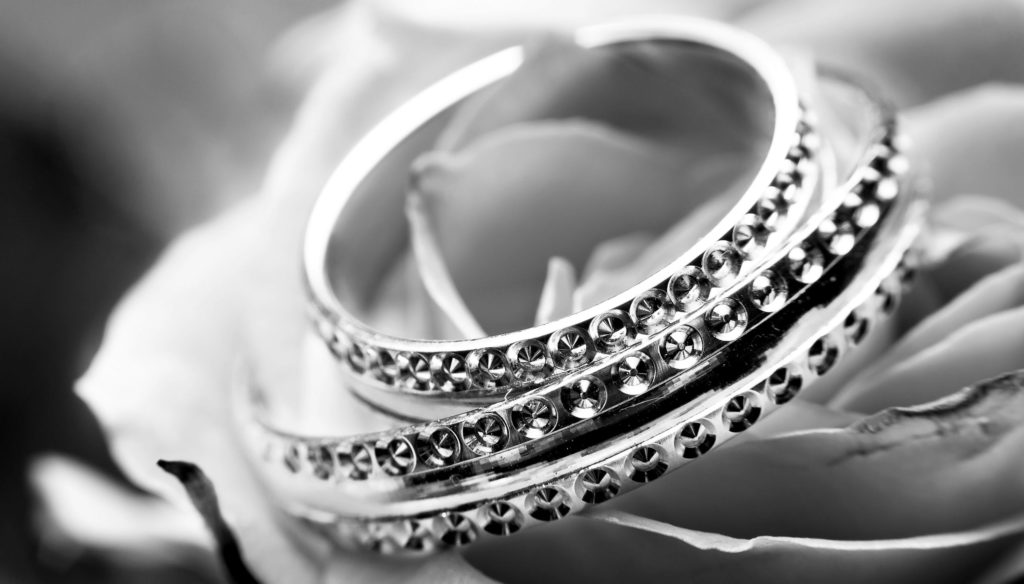
As a player in the fashion industry, there’s a constant need to keep your business relevant. Check out these tips for a successful jewelry marketing strategy!
Making and selling jewelry is an exciting and challenging business.
To quote McKinsey, one of the world’s leading business consulting firms, “Jewelry players can’t simply do business as usual and expect to thrive; they must be alert and responsive to important trends and developments or else risk being left behind by more agile competitors.”
That means you need a good product line. It also means you must have an outstanding jewelry marketing strategy.
We’ve compiled the most valuable aspects of a successful strategy for selling jewelry online and in-person.
Read on to discover what they are and how to apply them to your jewelry business.
Know Your Ideal Customers
Can you describe the kind of person who is attracted to your jewelry? Or if you’re a new jewelry maker, the kind of person you want to like your product line and pay money for it?
Every marketing plan starts with customer personas. That’s shorthand for a description of your ideal customers.
Personas include:
- Gender
- Age demographic
- Economic demographic
- Buying habits (e.g., online vs. bricks-and-mortar, bulk vs. single purchases, lots of research vs. impulse buying)
- Location
- Device use (e.g., mostly mobile or desktop)
- Values (e.g., quality over price or local-made vs. brand recognition)
Take the time to create a good mental image of your ideal customers. One to three personas is enough to form a solid foundation for your jewelry marketing strategy.
Embrace Email Campaigns
Even in the age of social media, email remains the most effective way to reach, nurture, and convert customers. That includes millennials!
Email has higher conversion rates than social media posts for two simple reasons:
- The prospective customer has to give you their email address.
- Their inbox isn’t going to be nearly as crowded as their social media feeds.
The fact that you have their email address shows some level of interest in what you have to offer. Converting them into paying customers is easier than convincing someone scrolling through a social feed to part with real dollars.
Email can be more personal. It can be more detailed in the right places and have multiple links and opportunities to click on a call-to-action.
Jewelry marketing by email can be especially effective. You can customize messages based on previous buying behaviors. You can send promotions on birthdays for use in certain geographic areas.
You can also use email campaigns to strengthen loyalty through consistent and not-too-frequent messages with value-add content.
Jewelry Marketing Calendar
Marketing plans and campaigns are important if you want to make your business prosper.
A vital tool for executing marketing plans is a dedicated calendar. It allows you to plan and strategically pace various tactics as well as manage your resources.
If you opt for a paper calendar, make sure it’s large, and you can see a month at a time. Wall mounted calendars can be great for quick check-ins and facilitating team discussions about timing and prioritization.
Digital calendars are great if you have remote team members who need to provide input or otherwise use the calendar. It’s also easier to make changes on digital calendars.
Whether you use a paper or digital calendar, use color-coding for quick identification of campaigns, tactics, or platforms.
High-Quality Photographs
Well-lit, high-resolution, well-composed photographs are table stakes for marketing jewelry. From blog post banners to signs in storefront windows to online and paper catalogs, images of your items must impress and evoke emotion.
Many jewelry businesses use professional photographers. While the per hour cost will be higher than if you do it yourself, it will probably take less time, and you’ll get better results.
Look for professionals who have the equipment and experience to handle the two kinds of photographs you’ll need. These are:
- Isolated product shots from multiple angles
- Shots of models wearing your items
Models can be “real people,” and the shots can be taken in a studio or other indoor or outdoor location.
If your budget dictates going the DIY route, invest some time in learning about lighting, what kind of camera to get, and tips and tricks for stages great backdrops.
During your photo shoot, don’t forget to include snaps of value-add items like this company does for many of its premium pieces of jewelry. It might be a certificate of authenticity or the box the item comes in that helps increase its real and perceived value.
Create Stories
If you want to stand out from the competition, make sure story-telling is part of your marketing strategy.
When planning your photographs, think about what story you want those images and accompanying text to tell.
Stories are far more compelling than basic descriptions, especially for a product as personal as jewelry.
Is your ideal customer a young, empowered woman making her mark in the world? Then you might want to show a young woman in a business or community environment leading collaboration while wearing your jewelry.
Or maybe your ideal customers are brides and grooms. Your photos and text should then reflect an atmosphere of romance, hope for the future, commitment, and beauty.
The key is to make images rich with detail and text descriptions brief and free of sales pitches.
If your time and budget allow, creating short videos is a great way to have your products discovered and shared.
Create Off-Line Value and Buzz
When planning new ideas for marketing jewelry, think about providing value for customers and ways for them to share what they’ve discovered about you.
If you’re a bricks-and-mortar retailer, consider organizing exclusive shopping events or participating in charity fundraisers.
Both online and storefront retailers should pay attention to boxes and bags. Ensure the quality and style match your brand identity. Find ways to make the box as much of a keepsake as the jewelry inside.
Think about where your customers spend their time online and in the real world. Then place jewelry ads in those places. Keep them simple and visual to compel people to search you out online or at the mall.
Monitor Your Plan
Like anything in business, marketing your jewelry involves taking some calculated risks. You won’t know which tactics will work for you and help your business grow until you try them.
That’s why monitoring your marketing plan is essential to success. Keep an eye on purchasing trends and customer acquisition costs. Track online data from catalog pages and shopping carts.
Use real and recent data and information to make decisions.
Review each tactic or campaign to determine if it should be stopped or continued. Explore new tactics to fill gaps in reaching and converting customers.
Keep your jewelry marketing plan fresh and effective to reach your business goals!
Get more tips and information designed for small businesses on our blog. New content is added all the time so check back often!


